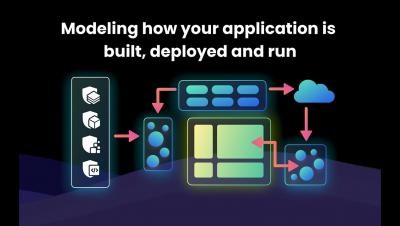Security | Threat Detection | Cyberattacks | DevSecOps | Compliance
Vulnerability
The 443 Podcast - Episode 250 - New Microsoft Office 0-Day
Adversaries Can "Log In with Microsoft" through the nOAuth Azure Active Directory Vulnerability
On June 20, 2023, Descope published research detailing how a combination of a flaw in Azure Active Directory and poorly integrated third-party applications — dubbed “nOAuth” — could lead to full account takeover. nOAuth is the latest in a large number of vulnerabilities and architectural weaknesses in Microsoft software and systems like Active Directory that can be exploited and put organizations at risk.
Analysis of CVE-2023-2868 Exploitation: Campaign Targeting U.S. Entities Using Barracuda Email Security Gateway
CVE-2023-2868, a vulnerability in the Barracuda ESG was announced on May 23. On June 15th, a report surfaced, attributing the exploitation of this vulnerability to a threat actor group tracked as UNC4841, which analysts believe is conducting espionage on behalf of the Chinese government. SecurityScorecard’s STRIKE Team consulted its datasets to identify possibly affected organizations.
Top 5 security concerns for infrastructure as code
Infrastructure as code (IaC) has changed how we deploy and manage our cloud infrastructure. Instead of having to manually configure servers and networks with a large operations team, we can now define our service architecture through code. IaC allows us to automate infrastructure deployment, scale our entire fleet of servers, document a history of changes to our architecture, and test incremental changes to the network.
Code Intelligence Finds New Vulnerability in protobufjs: CVE-2023-36665
CVE-2023-33308: Critical Fortinet FortiOS and FortiProxy RCE Vulnerability
The Value of Vulnerability Management
There’s nothing that makes you feel older than realizing how much of your life you have dedicated to a single topic. At what point do you consider yourself an expert? After more than 17 years in vulnerability management, I’m starting to come around to the idea that I might be an expert in the field. Although, the main reason I feel that way is because, at this point, I’ve seen pretty much everything.
How to Deal with Hundreds of Fixes? Choosing the Right Vulnerability Management Solution
Relying solely on the Common Vulnerability Scoring System (CVSS) is insufficient when it comes to effective vulnerability management. While the CVSS score provides a quantitative measure of a vulnerability’s severity, it fails to capture the contextual nuances that can significantly impact the actual risk to an organization. In this article, we will discuss how best to choose a vulnerability management solution.
How to strengthen security in your CI/CD pipeline
DevSecOps refers to the integration of security practices into DevOps process. With modern development cycles, you can't afford to leave security until the end. It should be baked in at every stage. Continuous integration, continuous delivery (CI/CD) security is a big part of the DevSecOps picture. It's critical that you secure your pipelines and that the automated systems used to implement CI/CD are not vulnerable to attack.











